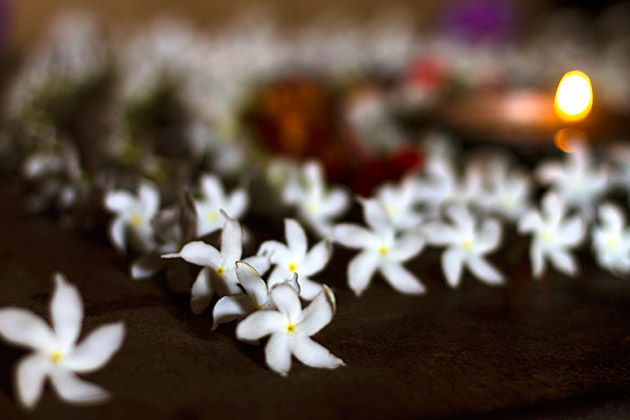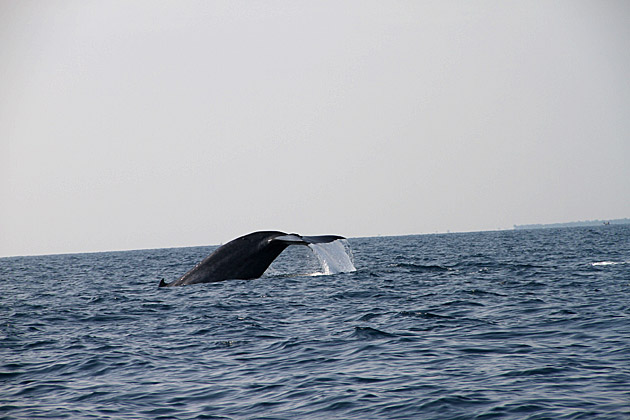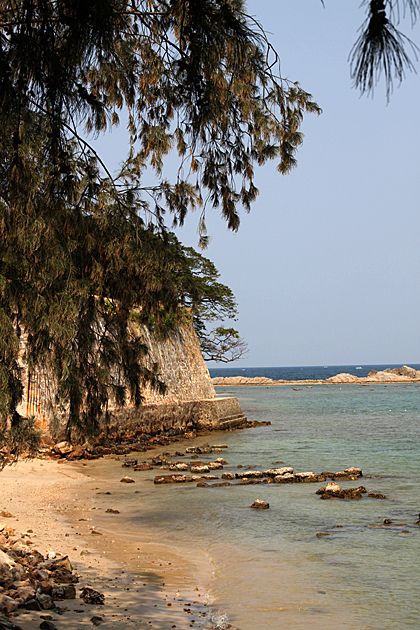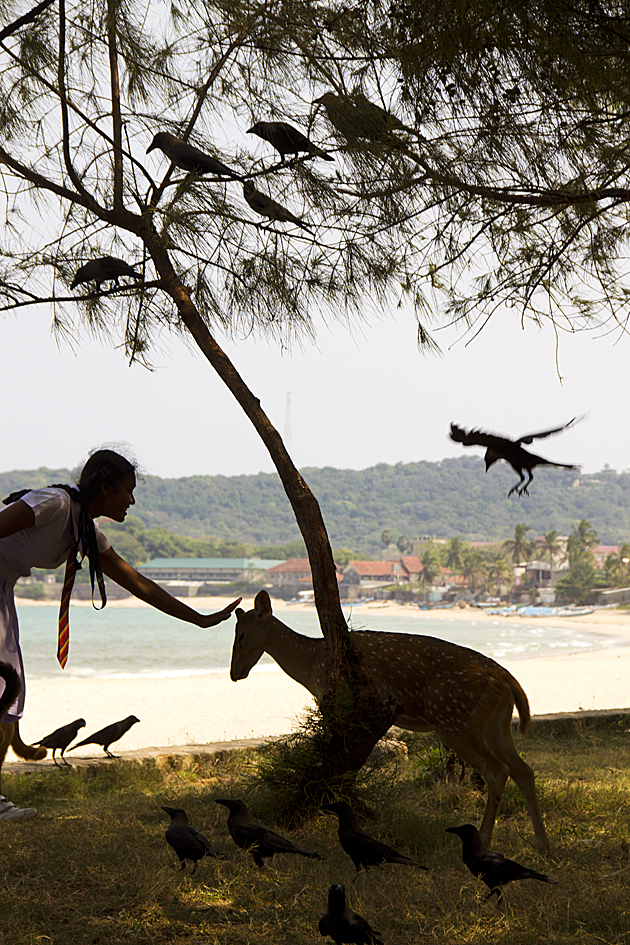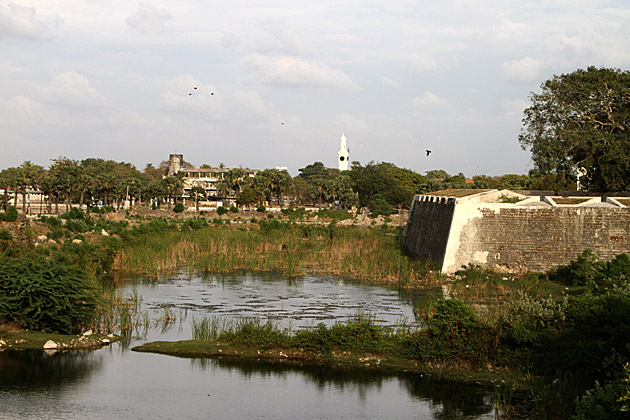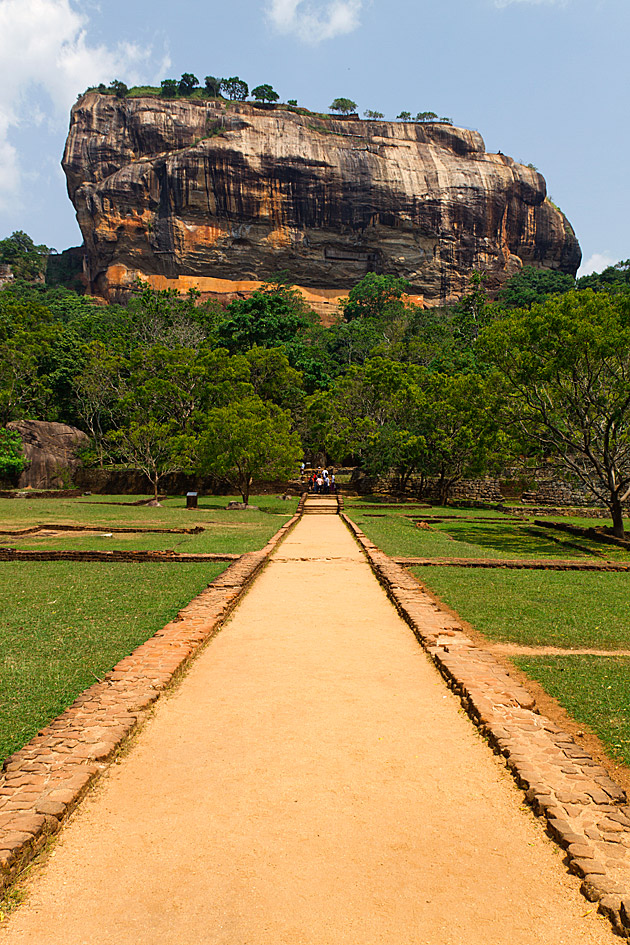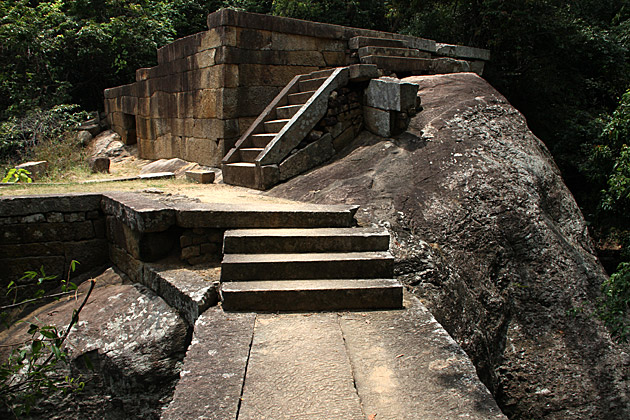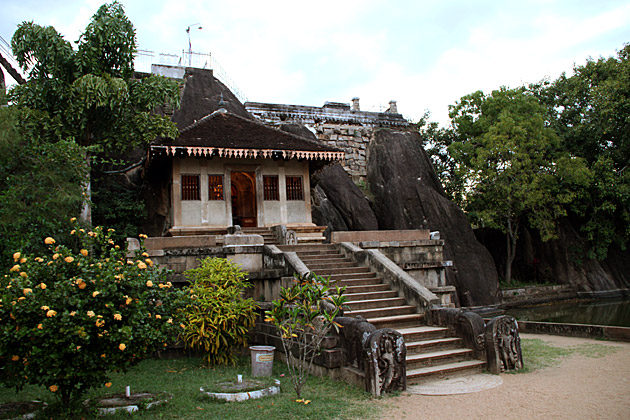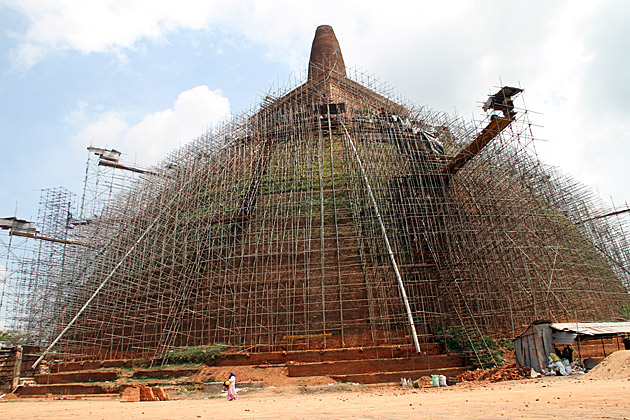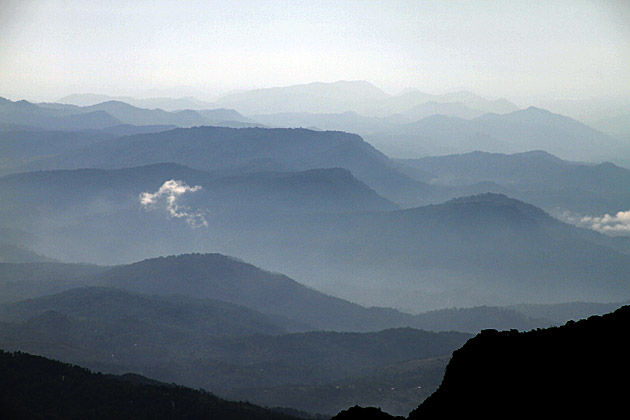Poya Days
Twelve times a year, and occasionally thirteen, life in Sri Lanka grinds to a halt for the observance of a Poya Day. Sri Lanka's brand of Buddhism follows a lunar cycle, and full moon days are especially meaningful. These poya days are public holidays, allowing the faithful to visit their favorite temple and take a break from work. It's forbidden to sell alcohol and, to a lesser extent, meat.
